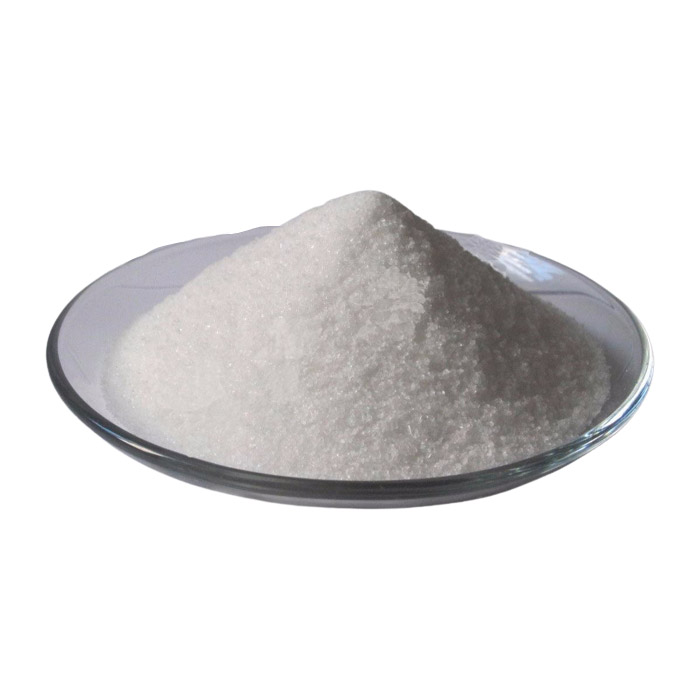Drilling fluid additives plays a vital role in the oil and gas exploration and production process. However, there have been concerns about the toxicity of drilling fluid additives. This article will evaluate the toxicity of drilling fluid additives and discuss related safety considerations. By gaining a deeper understanding of the toxicity characteristics and safety measures of drilling fluid additives, we can better understand and manage the potential risks of these chemicals.

To assess the toxicity of drilling fluid additives, scientists and researchers use a variety of methods and criteria. Common toxicity assessment methods include acute toxicity testing, chronic toxicity testing, ecotoxicity testing, etc. These tests can help determine potential risks to human health and the environment from additives.
First of all, we need to make it clear that drilling fluid additives is not a blanket statement. They include various types of chemicals such as foaming agents, dispersants, emulsifiers, inhibitors, etc. These chemicals play different roles in the drilling process and therefore vary in composition and properties. Some additives may be harmful to human health, while others may be relatively safe.
Secondly, the toxicity of drilling fluid additives mainly depends on their ingredients. Some additives may contain chemicals that are harmful to the human body, such as benzene, formaldehyde, etc. If these substances come into contact with the human body, they may cause harm to health and even cause severe poisoning reactions. Therefore, when using drilling fluid additives, you must strictly follow relevant safety operating procedures and take effective protective measures to reduce harm to the human body.
However, most drilling fluid additives are relatively safe. These additives have undergone rigorous toxicity testing and evaluation, and are less toxic and less harmful to the human body. In actual applications, the usage amount of drilling fluid additive is usually strictly controlled to ensure that it will not cause harm to workers and the environment.
To ensure the safe use of drilling fluid additives, a series of safety considerations and measures must be taken. This includes rational selection of additives, correct use and storage, following relevant safe operating procedures, providing appropriate personal protective equipment, etc. Additionally, monitoring and controlling additive concentrations in the workplace and environment are important safety measures.
Many countries and regions have established relevant regulations and regulatory requirements to ensure the safety of drilling fluid additives. These regulations and requirements typically cover additive registration, labeling, use restrictions, emission controls, etc. Compliance with these regulations and requirements is an important measure to ensure the safety of workers and the environment.
Toxicity assessment and safety considerations for drilling fluid additives are an evolving area. Continuous research and innovation are needed by scientists and researchers to improve assessment methods, develop safer additive alternatives, and provide more accurate guidance for safe handling.
To sum up, drilling fluid additives is not a general rule, and their toxicity depends on their ingredients and method of use. When using drilling fluid additives, relevant safety operating procedures must be strictly followed and effective protective measures must be taken to reduce harm to the human body and the environment. At the same time, it is also necessary to strengthen the supervision and management of drilling fluid additives to ensure their safe use and minimize harm to the human body and the environment.
What are the functions of drilling fluid additives?
How to choose a quality drilling fluid additives supplier
Principles of selection and use of drilling fluid additives
Exploring drilling fluid additives: the secret weapon to improve drilling efficiency
Storage and transportation of drilling fluid additives: a key link in ensuring drilling operations
Explore the future: innovative development trends in drilling fluid additives
Do you know the five major influencing factors behind the price of drilling fluid additives?
Quality control of drilling fluid additives: key to successful drilling operations
Performance testing and evaluation of drilling fluid additive
Precise Application: Tips and Precautions for Drilling Fluid Additives
What are the best ways to use drilling fluid additives?
Environmental performance of drilling fluid additives
Quality control measures for drilling fluid additives
Guidelines for safe use of drilling fluid additive
mia
dbwhb@scdbw.com

